LOADING
Patellofemoral Pain Syndrome is a common cause of discomfort at the front of the knee. It often results from poor movement mechanics, muscular imbalance, or repetitive stress on the joint. While frequently associated with active individuals, it can affect anyone with increased knee demand. This article outlines typical causes, effective management strategies, and the role of bracing and rehabilitation exercises in restoring knee function.
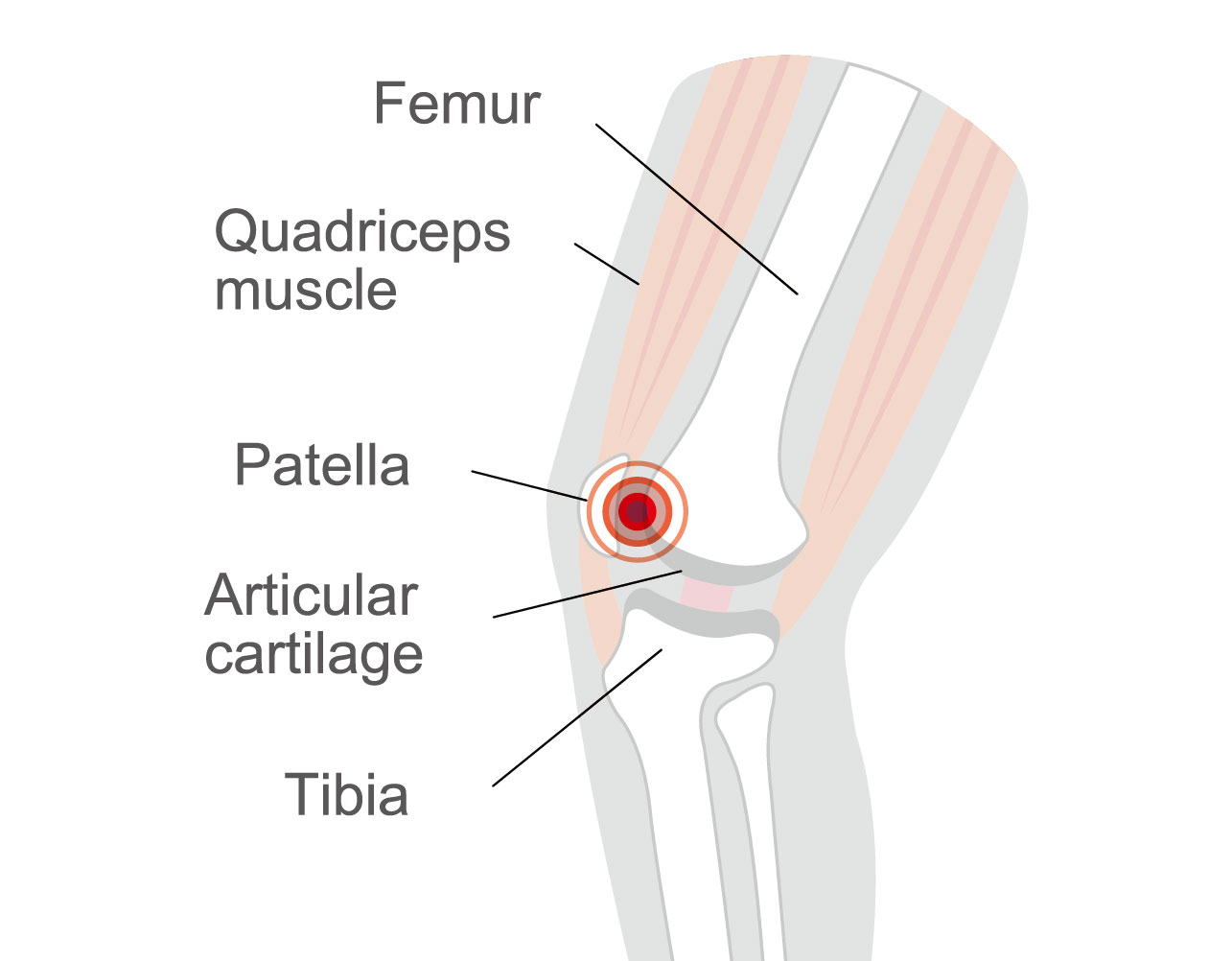
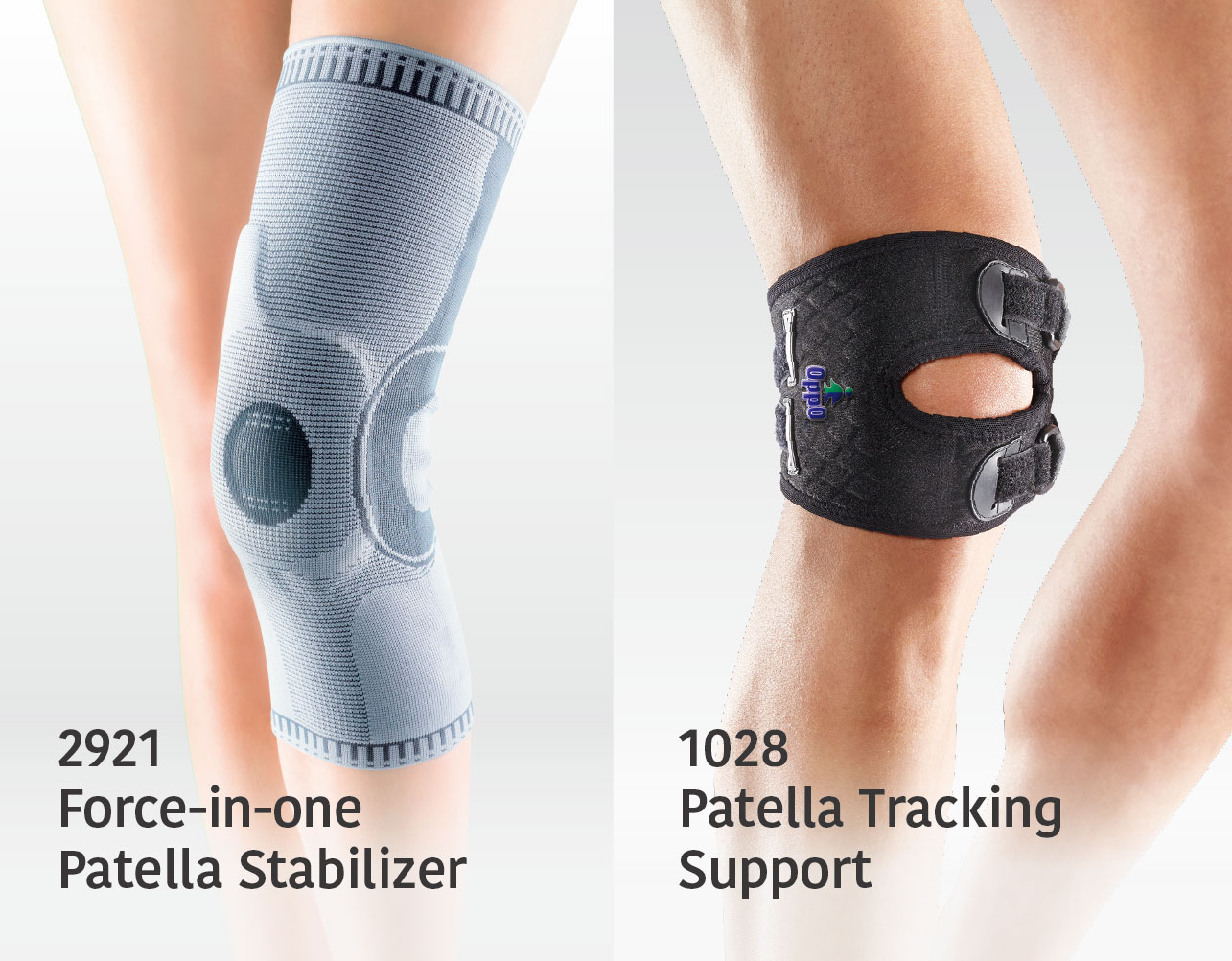
Bracing can be an effective adjunctive strategy in the conservative management of patellofemoral pain syndrome (PFPS), particularly when integrated with exercise therapy and load management. Patellar tracking braces are designed to optimize joint alignment, reduce pain, and support functional recovery. The therapeutic effects of bracing include:
Rehabilitation exercises for PFPS aim to strengthen the muscles that stabilize the patella and improve overall lower limb alignment. Common exercises include:
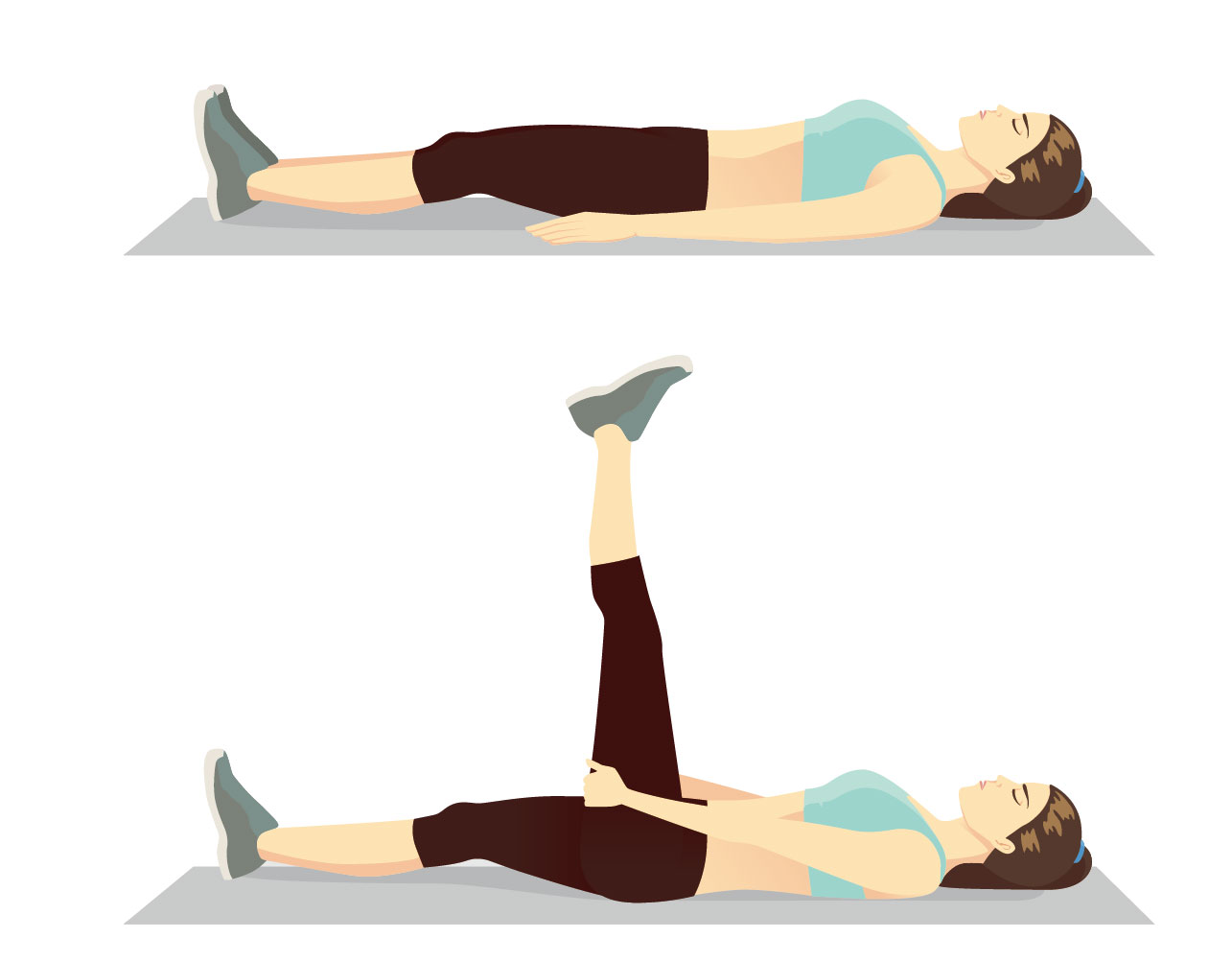
Straight leg raises and terminal knee extensions help activate the quadriceps, particularly the VMO.
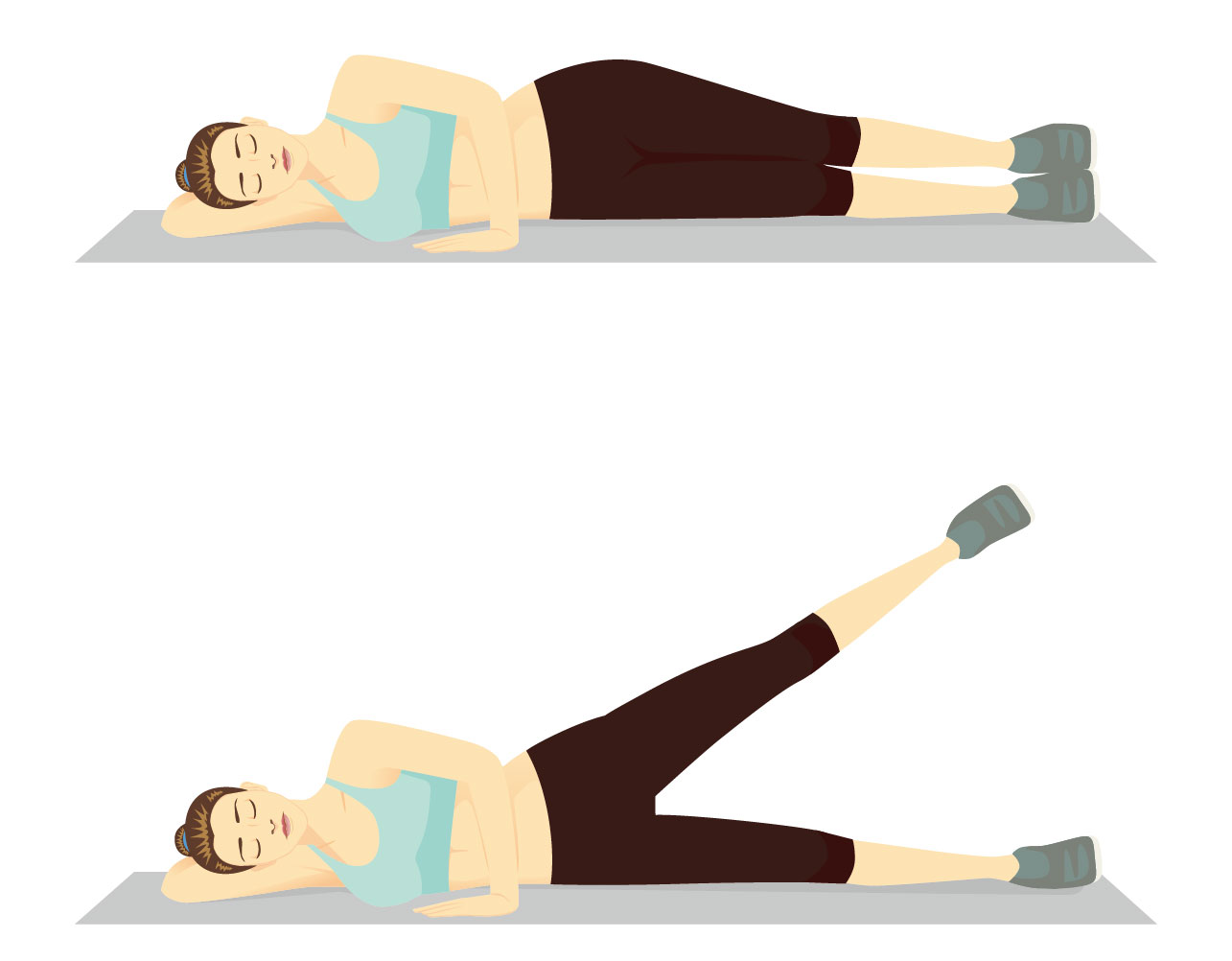
Side-lying leg lifts, clamshells, and band walks target the gluteus medius and external rotators to improve dynamic knee alignment.
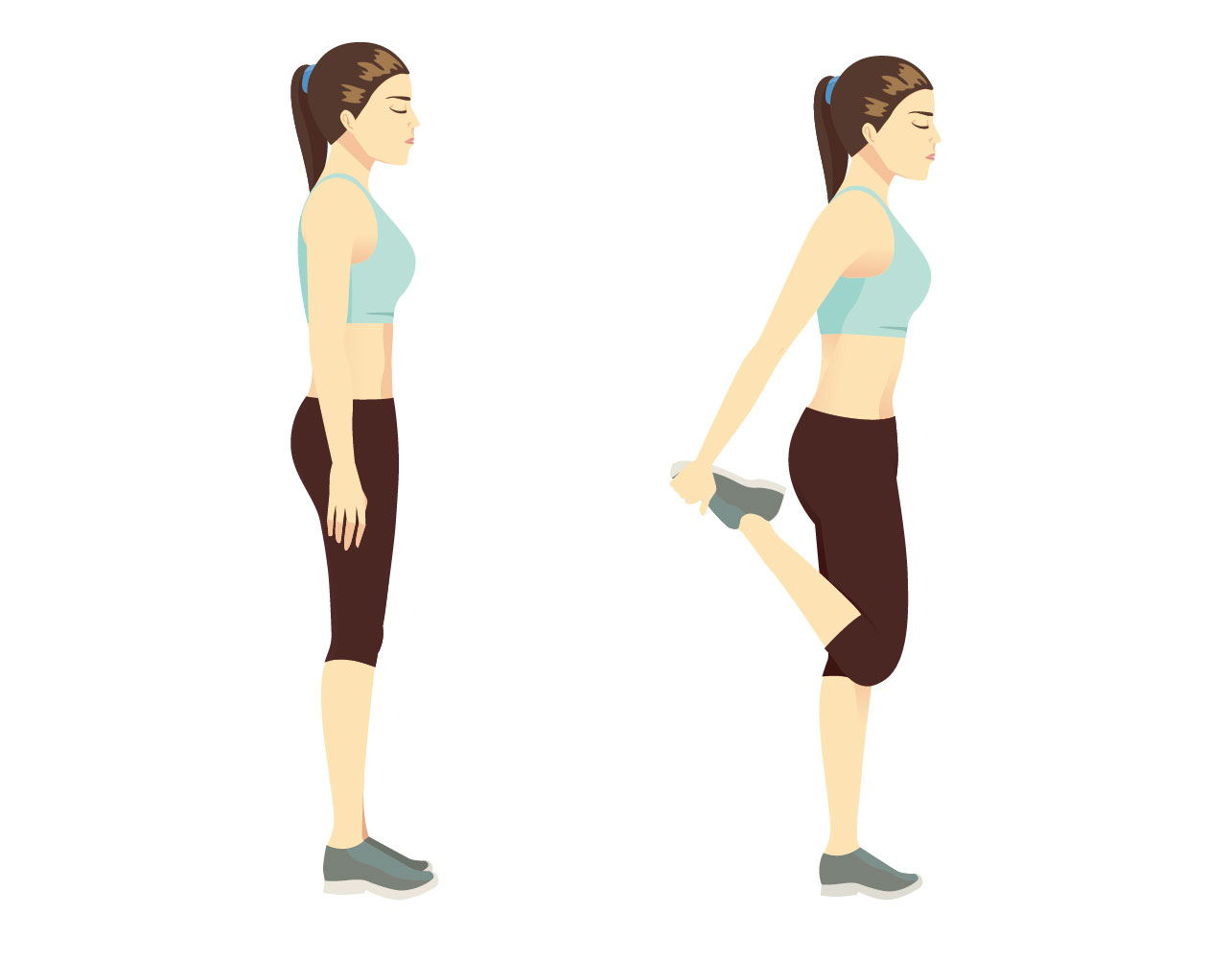
Regular stretching of the IT band, hamstrings, hip flexors, and calves can reduce excessive tension on the knee joint.
Controlled step-down exercises help train eccentric strength and proper knee alignment during functional movement.
These help restore quadriceps endurance while minimizing patellofemoral joint load when performed within a pain-free range.
Single-leg stance and balance board exercises improve neuromuscular control and prevent future dysfunction.
Copy Link